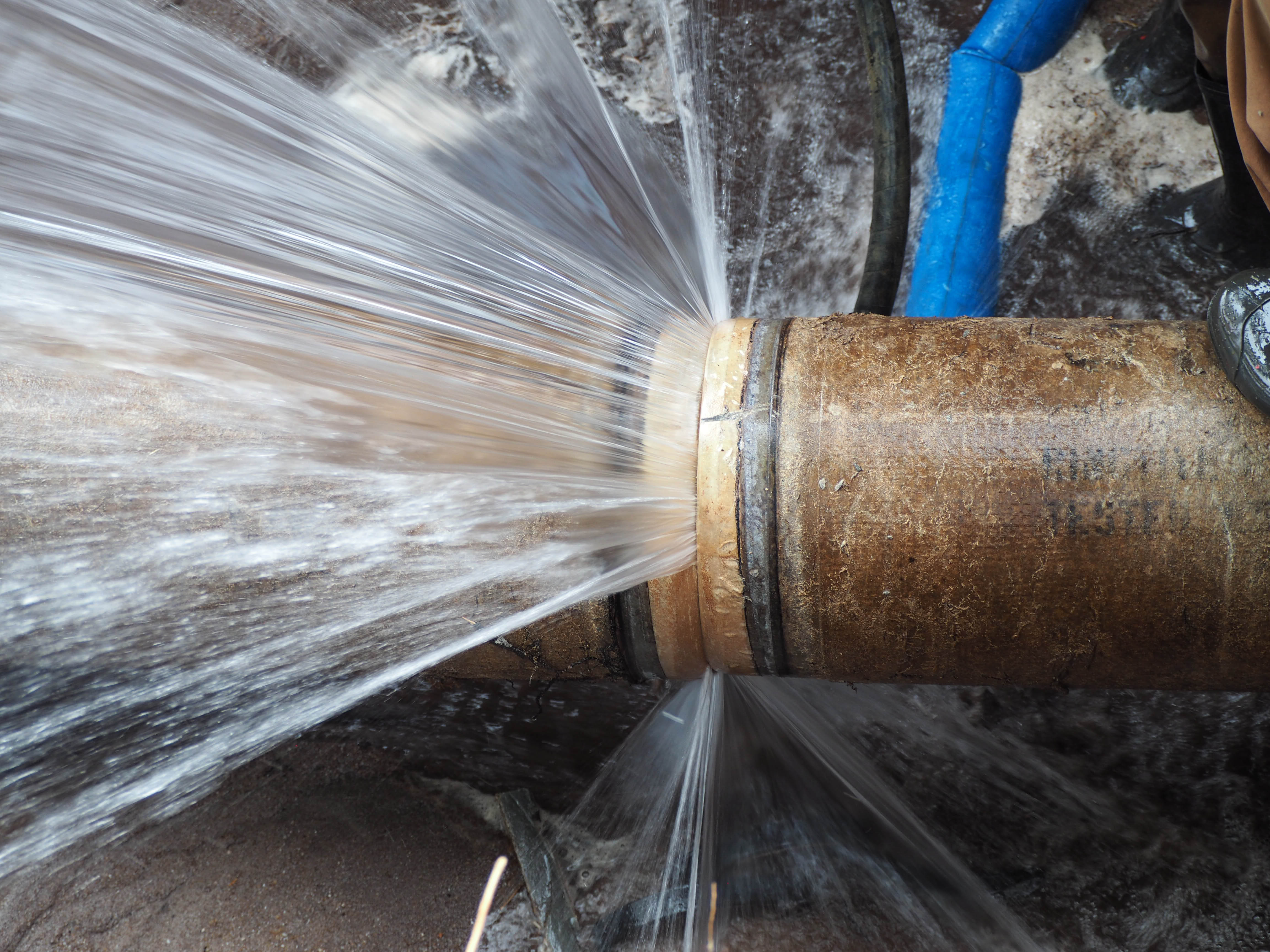Essential Advice to Protect Against Frozen Pipes in Winter
Essential Advice to Protect Against Frozen Pipes in Winter
Blog Article
What are your opinions regarding Winter Plumbing Precautions: Preventing Frozen Pipes?

Cold weather can damage your pipes, especially by freezing pipes. Right here's just how to stop it from occurring and what to do if it does.
Introduction
As temperatures decline, the risk of frozen pipelines increases, potentially leading to expensive repair services and water damages. Recognizing just how to prevent frozen pipes is critical for house owners in cool environments.
Comprehending Icy Pipelines
What causes pipes to freeze?
Pipelines ice up when subjected to temperature levels listed below 32 ° F (0 ° C) for expanded durations. As water inside the pipelines freezes, it broadens, taxing the pipe wall surfaces and potentially creating them to rupture.
Dangers and problems
Icy pipes can cause supply of water interruptions, home damages, and pricey fixings. Ruptured pipelines can flooding homes and create comprehensive structural damage.
Indicators of Frozen Piping
Determining frozen pipes early can avoid them from rupturing.
Just how to recognize icy pipelines
Seek lowered water circulation from faucets, unusual odors or sounds from pipelines, and visible frost on revealed pipelines.
Prevention Tips
Insulating vulnerable pipelines
Cover pipes in insulation sleeves or use warm tape to safeguard them from freezing temperatures. Concentrate on pipelines in unheated or external areas of the home.
Home heating methods
Keep indoor areas properly warmed, particularly locations with plumbing. Open up cupboard doors to enable cozy air to distribute around pipes under sinks.
Safeguarding Outside Pipes
Yard tubes and outdoor taps
Separate and drain yard hose pipes prior to winter season. Mount frost-proof spigots or cover outside taps with insulated caps.
What to Do If Your Pipelines Freeze
Immediate activities to take
If you suspect icy pipelines, keep faucets available to alleviate stress as the ice thaws. Make use of a hairdryer or towels soaked in hot water to thaw pipelines gradually.
Long-Term Solutions
Architectural changes
Consider rerouting pipes far from outside wall surfaces or unheated locations. Include added insulation to attic rooms, cellars, and crawl spaces.
Updating insulation
Invest in top quality insulation for pipes, attics, and walls. Appropriate insulation assists maintain consistent temperatures and reduces the risk of icy pipelines.
Final thought
Stopping frozen pipes calls for proactive actions and fast reactions. By understanding the causes, indicators, and preventive measures, property owners can protect their pipes during cold weather.
5 Ways to Prevent Frozen Pipes
Drain Outdoor Faucets and Disconnect Hoses
First, close the shut-off valve that controls the flow of water in the pipe to your outdoor faucet. Then, head outside to disconnect and drain your hose and open the outdoor faucet to allow the water to completely drain out of the line. Turn off the faucet when done. Finally, head back to the shut-off valve and drain the remaining water inside the pipe into a bucket or container. Additionally, if you have a home irrigation system, you should consider hiring an expert to clear the system of water each year.
Insulate Pipes
One of the best and most cost-effective methods for preventing frozen water pipes is to wrap your pipes with insulation. This is especially important for areas in your home that aren’t exposed to heat, such as an attic. We suggest using foam sleeves, which can typically be found at your local hardware store.
Keep Heat Running at 65
Your pipes are located inside your walls, and the temperature there is much colder than the rest of the house. To prevent your pipes from freezing, The Insurance Information Institute suggests that you keep your home heated to at least 65 degrees, even when traveling. You may want to invest in smart devices that can keep an eye on the temperature in your home while you’re away.
Leave Water Dripping
Moving water — even a small trickle — can prevent ice from forming inside your pipes. When freezing temps are imminent, start a drip of water from all faucets that serve exposed pipes. Leaving a few faucets running will also help relieve pressure inside the pipes and help prevent a rupture if the water inside freezes.
Open Cupboard Doors
Warm your kitchen and bathroom pipes by opening cupboards and vanities. You should also leave your interior doors ajar to help warm air circulate evenly throughout your home.

I discovered that entry on Preventing and dealing with frozen pipes when doing research the search engines. For those who enjoyed reading our page plz do not forget to pass it around. Thanks so much for going through it.
Set Up An Appointment Report this page